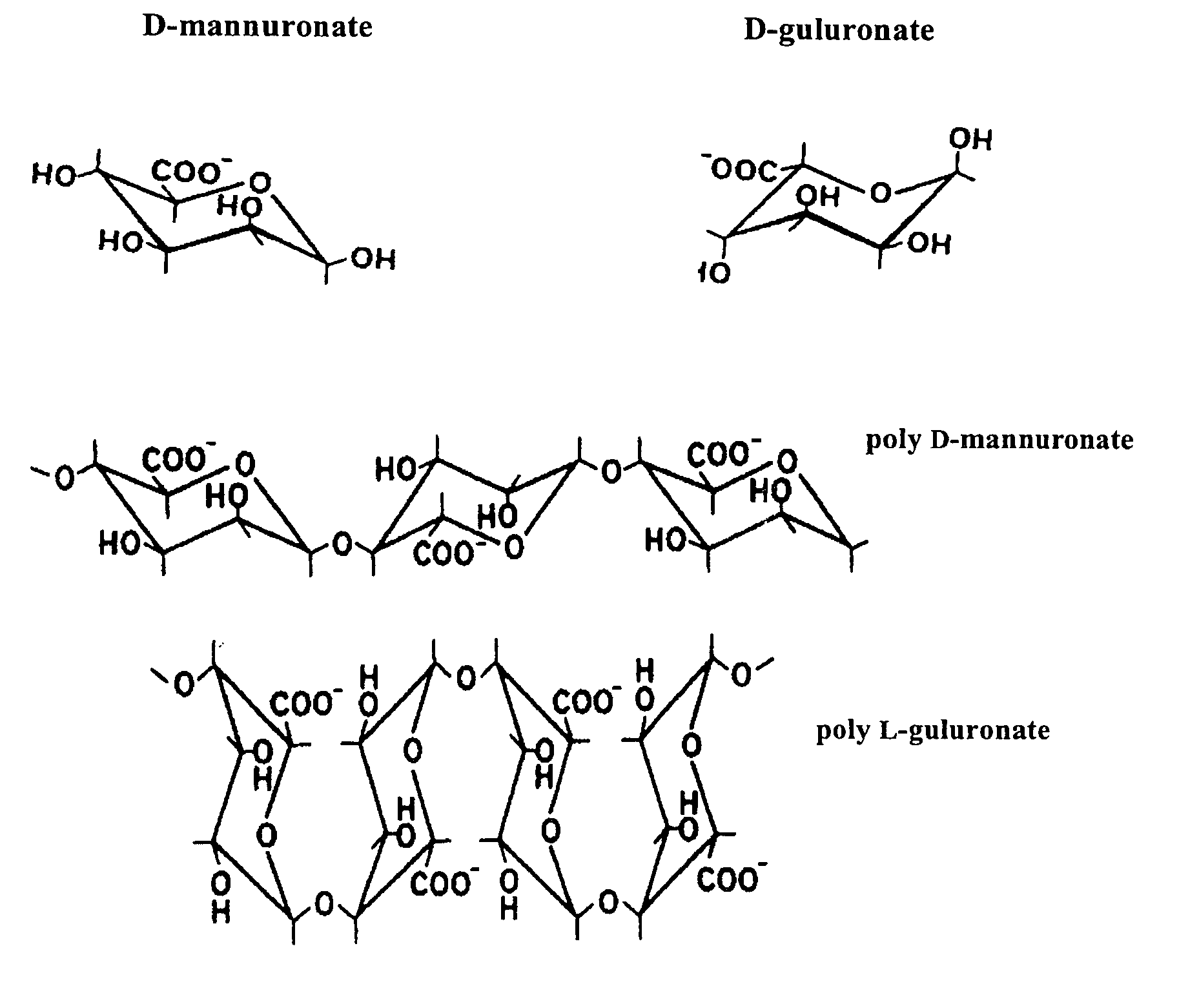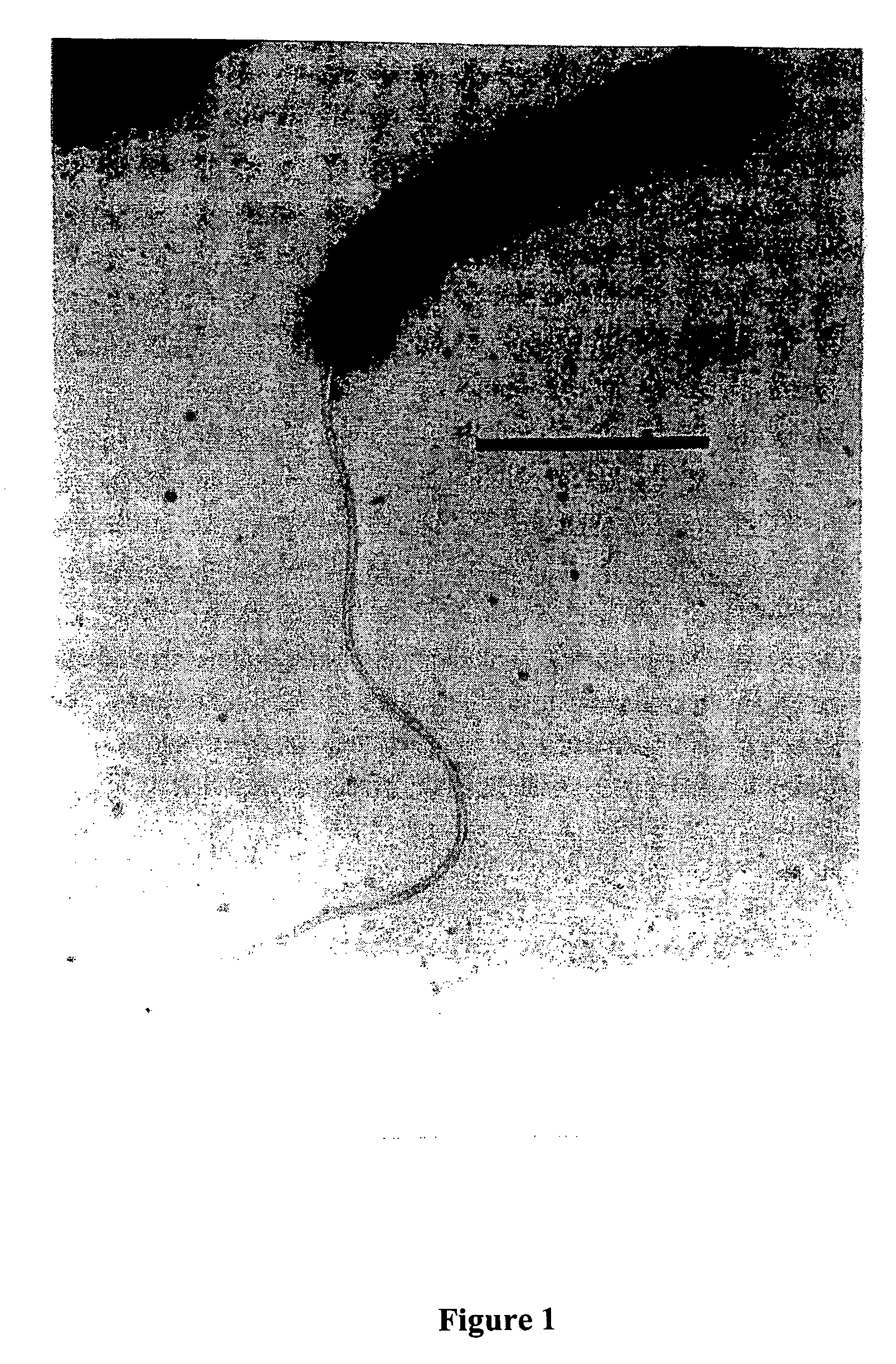Alginases, systems containing alginases and methods of cloning, purifying and/or utilizing alginases
a technology of alginases and alginate, which is applied in the field of alginases, can solve the problems of difficult treatment, increased algalculture waste, and common infection with alginate-producing organisms, and achieves the effects of reducing the risk of infection, and improving the quality of li
- Summary
- Abstract
- Description
- Claims
- Application Information
AI Technical Summary
Benefits of technology
Problems solved by technology
Method used
Image
Examples
Embodiment Construction
class="d_n">[0069] Analysis of the genome sequence of S. degradans 2-40 reveals an abundance of genes coding for enzymes that are predicted to degrade plant-derived carbohydrates. To date, 2-40 is the only sequenced marine bacterium with apparently complete cellulase and xylanase systems, as well as a number of other systems containing plant-wall active carbohydrases.
[0070] In addition to cellulase, mannase, agarase, pectate lyases, arabinosidase, β-galacosidase, chitinase, and endogluconase, eleven alginate lyases were identified. Alginase genes were determined using [tblastn]1, in which protein query sequences of alginases of other sources were compared against 2-40 nucleotide genomic sequence, which has been translated in all six reading frames. Protein sequences of alginases from other microorganisms were obtained from the National Center for Biotechnology Information (NCBI) database.2
1tblastn compares the protein “Sequence 1” against the nucleotide “Sequence 2” which has been ...
PUM
| Property | Measurement | Unit |
|---|---|---|
| temperatures | aaaaa | aaaaa |
| pH | aaaaa | aaaaa |
| molecular weight | aaaaa | aaaaa |
Abstract
Description
Claims
Application Information
 Login to View More
Login to View More - R&D
- Intellectual Property
- Life Sciences
- Materials
- Tech Scout
- Unparalleled Data Quality
- Higher Quality Content
- 60% Fewer Hallucinations
Browse by: Latest US Patents, China's latest patents, Technical Efficacy Thesaurus, Application Domain, Technology Topic, Popular Technical Reports.
© 2025 PatSnap. All rights reserved.Legal|Privacy policy|Modern Slavery Act Transparency Statement|Sitemap|About US| Contact US: help@patsnap.com



